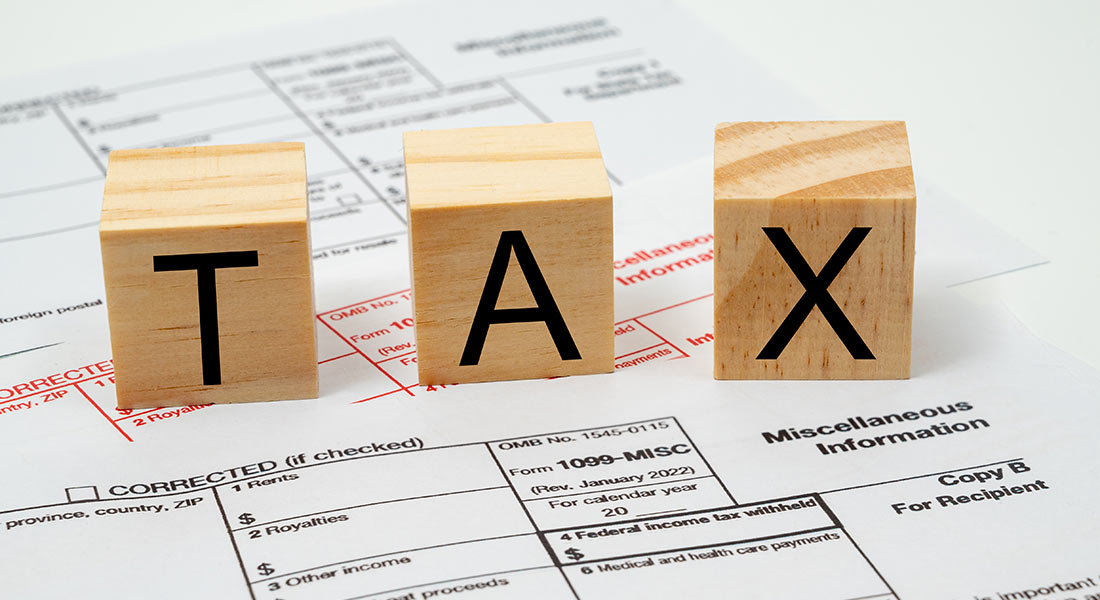Estimated reading time: 4 minutes
The freelancing industry in the United States keeps on growing. According to Finances Online, 59 million Americans performed freelance or independent contractor work in the past year¹. Industries with the most freelance workers include information technology (IT), entertainment, software development, graphic design, construction, transportation, customer service, human resources/recruiting, and accounting. In addition, more than half of small businesses in our country use freelancers at one time or another, usually for highly specialized project-based tasks that do not warrant hiring a full-time employee.
Even workers who have full-time jobs are making themselves available for freelance work. The skillsets, availability, and flexibility of freelancers can be a boon to small businesses, but there are tax implications when hiring them. If your small business pays a US-based freelance worker or independent contractor, you must provide them and the IRS with an IRS 1099 tax form. This blog post from Balboa Capital features an IRS 1099 tax form guide.
What is an IRS 1099 form?
The 1099 form is a common tax form that reports a small business’s payments to freelancers and independent contractors. The 1099-MISC and 1099-NEC are the two most common 1099 forms, but the IRS changed each reporting requirement. Before 2020, small businesses sent 1099-MISC Forms to freelancers and independent contractors. However, the IRS reintroduced the 1099-NEC form, which stands for “non-employee-compensation,” in 2020, and it is now used to report freelance worker and independent contractor income. The 1099-MISC remains in use, albeit for reporting ancillary and miscellaneous income.
The 1099-NEC form reports payments made during business-related activities but not as wages paid to actual employees who receive a salary and benefits and have their taxes withheld. For example, the form is used when a business pays a freelancer or independent contractor $600 or more during the year.
Example of how the process works.
Small businesses must complete a 1099-NEC form with the relevant details and payment information and send a copy to the freelancer (or independent contractor) and the IRS. Let us use a small t-shirt company as an example. The owner wanted to maintain a database of the company’s customers and have access to tools that track sales and analytics. Plus, the owner wanted a proven way to help upsell customers.
So, the owner hired a freelance technology specialist to set up customer relationship management (CRM) software for the t-shirt company. The technology specialist invoiced the t-shirt company for $2,000, and the company sent the technology specialist and the IRS a 1099-NEC form.
As mentioned above, the 1099-NEC form is one of the most commonly used versions of the 1099 form among small businesses. In addition, there are nearly two dozen types of Form 1099, so it can be advantageous to become familiar with them and what they are used for.
When are IRS 1099 forms due?
If you paid freelance workers or independent contractors to work for your business, you must send 1099-NEC forms by January 31. In some cases, the due date can be extended to February 15. The forms will report the preceding year’s payments that you made to the freelancers or independent contractors. Many self-employed individuals like to organize their financial documents and file their tax returns early, so you may want to consider sending forms promptly. This will be appreciated by the freelancers or independent contractors who did work for your company because the due date for them to submit 1099-NEC documents to the IRS is February 28 via mail and March 31 electronically.
Information that is needed.
When you hire a freelancer or independent contractor, it is recommended that you have them fill out an IRS Form W-9. This form will list all the essential information that needs to be included on the 1099-NEC form, such as their federal tax identification number (also known as an employer identification number, or EIN), address, phone number, and business legal structure. Regarding legal business structures, 1099-NEC does not need to be filed if the freelancer or independent contractor is registered as a corporation (S-Corp or C-Corp).
How to file 1099-NEC forms.
Before sending out 1099-NEC forms, there are several things you need to do. First, look at your accounting books to ensure you have a complete and accurate list of the jobs you outsourced to freelancers and independent contractors. Second, determine whether you will file the forms via paper or electronically. If you opt for the paper-based method, you will need 1099-NEC forms that feature red ink and artwork throughout, which can be purchased online or at an office supply store. If you prefer to file online, you can do so through the IRS website.
Copy A of the form must be sent to the IRS, and Copy B must be sent to the freelancer (or independent contractor). Also, ask your accountant if you must submit the form with the state, as some states require them.
Reference:
1. https://financesonline.com/number-of-freelancers-in-the-us/
Balboa Capital, a Division of Ameris Bank, is not affiliated with nor endorses Finances Online. The opinions voiced in this material are for general information only and are not intended to provide specific advice or recommendations for any individual.
